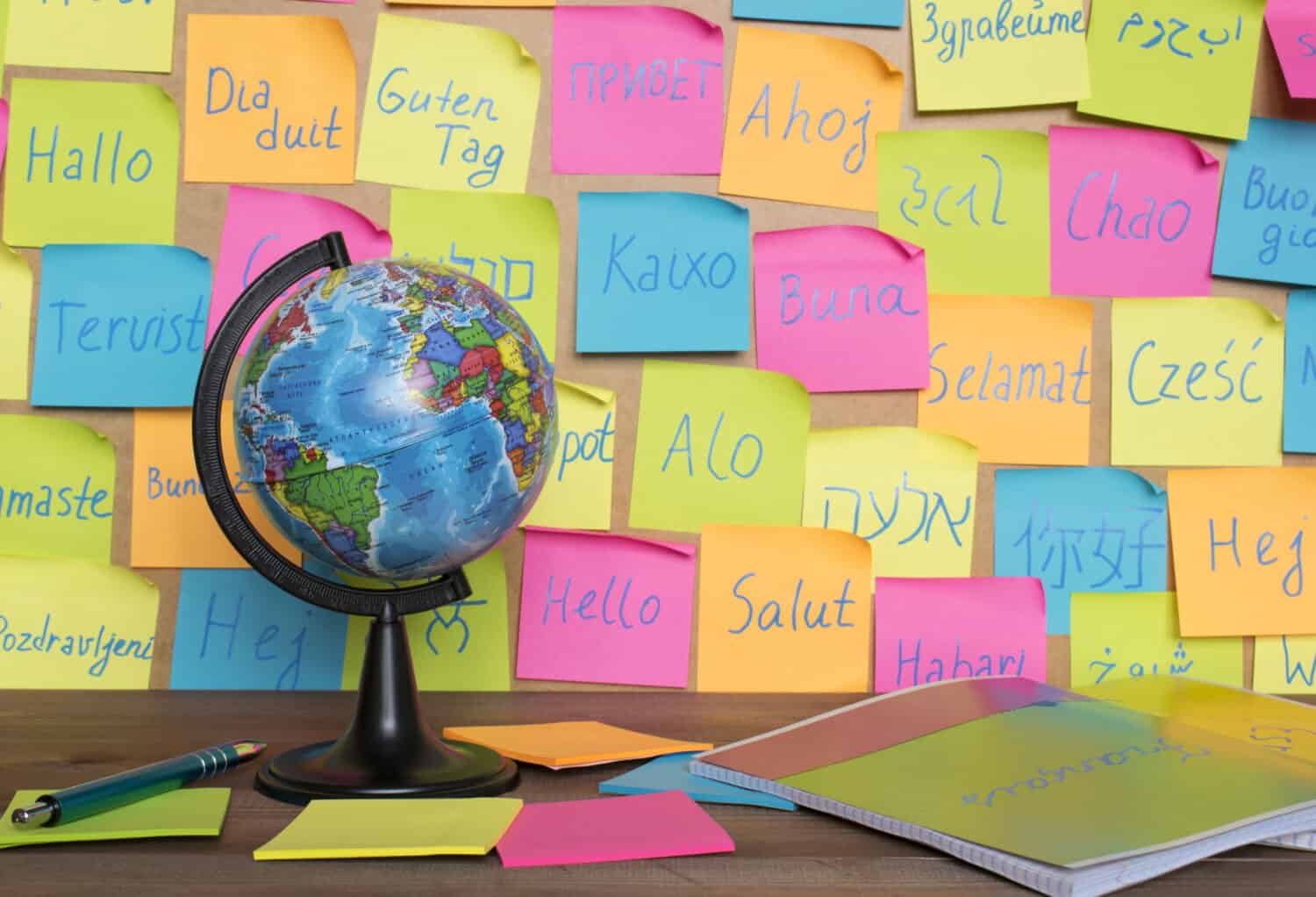If English is your first language, certain languages will be much harder to learn than others. While the difficulty of language acquisition is a personal experience, it is possible to predict which languages are harder to learn. What are the top 25 hardest languages to learn as an English speaker? We’ll discuss the details now.
25. Welsh

Welsh shares few words with the English language.
©richsouthwales/Shutterstock.com
Most people who speak Welsh live in Wales where over 530 thousand people speak the language. However, more than 100 thousand speakers live in England. There are also sizeable populations using the language in Canada and Australia.
Welsh is a Celtic language, and few words from the language are similar to English. As a result, pure memorization is required for most words as their meaning can’t be guessed.
While the lettering used in Welsh is part of the Roman alphabet, the sounds associated with these letters are much different than in English. Also, groups of letters are associated with sounds that don’t appear in English at all.
24. Greek

The Greek script is wholly unfamiliar to English learners.
©Keitma/Shutterstock.com
About 13 million people speak Greek, and most of these speakers live in Cyprus and Greece. Greek is a difficult language for English learners because the script is not the familiar Roman alphabet. Also, tense, case, gender, and person affect the inflection of words in a way that differs dramatically from English.
It’s also important to build a big vocabulary bank to create the sentences needed to communicate in Greek. As a result, a lot of time has to be dedicated to memorization of unfamiliar words in an unfamiliar script.
23. Hindi
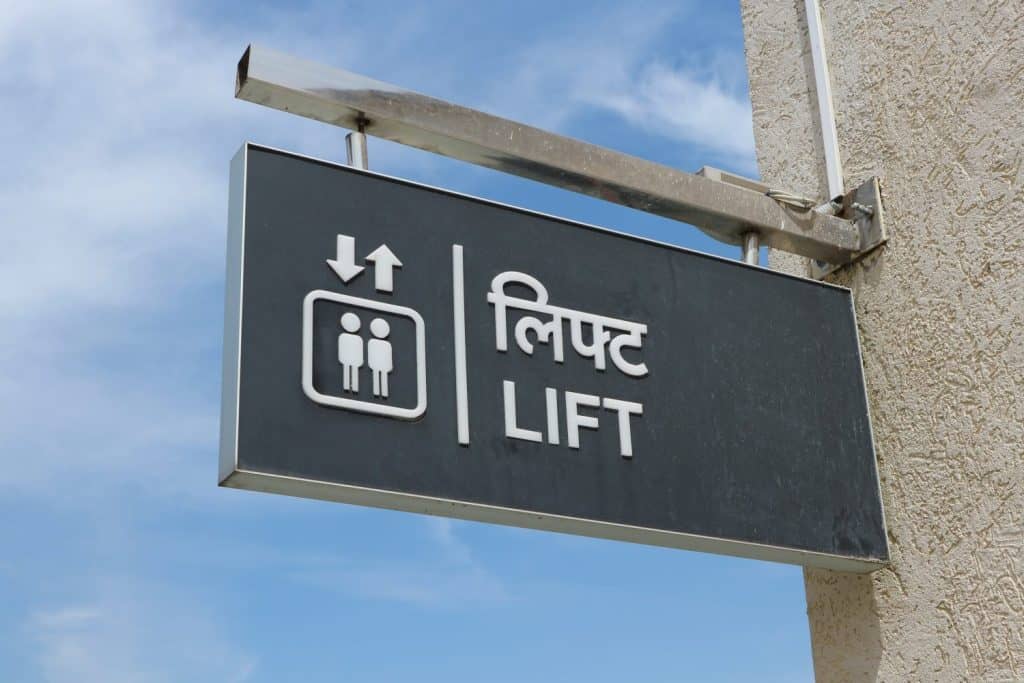
Hindi is phonetic but the characters derive from Sanskrit.
©d_odin/Shutterstock.com
Over 584 million people speak Hindi. The vast majority of the people who speak this language live in India.
While Hindi is one of the most widely spoken languages in the world, it is hard for English speakers to pick up. However, it isn’t as hard as others on the list because it is part of the Indo-European group of languages which contains English. This means that the way that sentences are structured and words are interspersed in speech isn’t wholly unfamiliar.
What makes Hindi more difficult for native English speakers is the script. It is non-Roman as it’s derived from Sanskrit. However, once the characters are learned, it’s a phonetic language that can be deciphered by reading and less by character memorization.
22. Russian
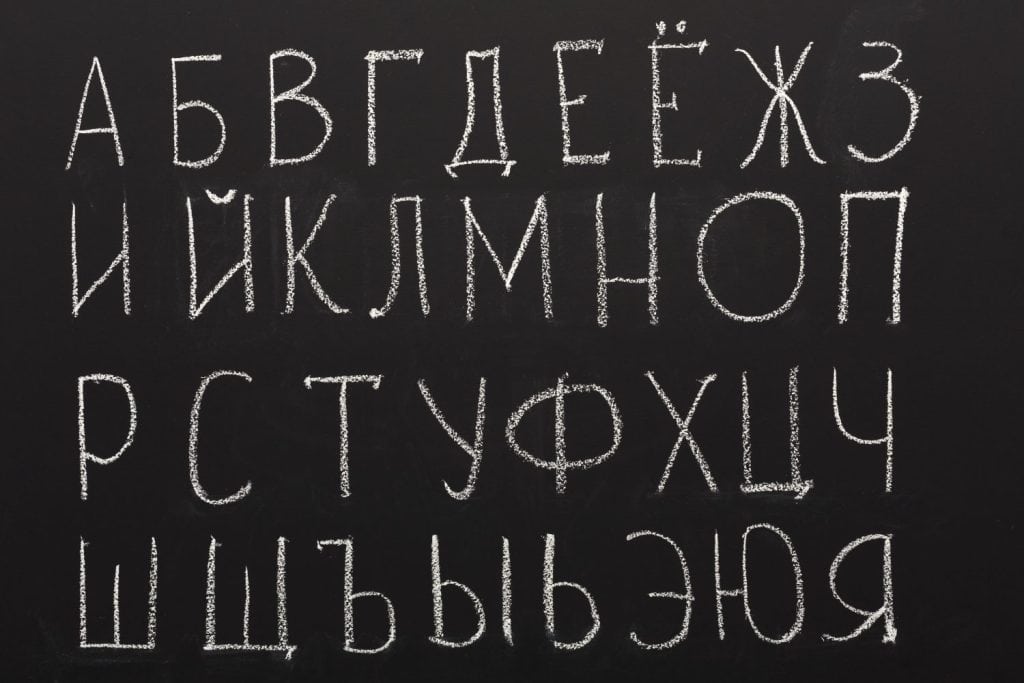
Learning Russian requires memorizing the Cyrillic alphabet.
©Prostock-studio/Shutterstock.com
Russian is the most popular Slavic language in the world. There are about 260 million people who speak Russian as their first language, and there are another 120 million people who speak Russian as a supplementary language.
Russian is written in the Cyrillic alphabet which looks completely different than the Roman lettering that English speakers use. People speaking Russian also emphasize an individual syllable in each word, which is not something done in English. However, Russian is phonetic, so once the alphabet is memorized and the pronunciation is understood, it can be sounded out.
21. Polish

English speakers have a hard time pronouncing Polish.
©iwciagr/Shutterstock.com
Polish is an Indo-European language spoken by about 40 million people. People who speak Slovenian or Czech have a hand up when learning Polish since the languages are similar.
About 40 million people speak Polish in Poland, with a diaspora of 10 million speaking it as a second language around the world. It is a recognized supplementary language in Bosnia and Herzegovina, Brazil, the Czech Republic, Hungary, Lithuania, Romania, Slovakia, and Ukraine.
The hardest part about Polish for English speakers is how difficult it is to pronounce. For example, clustering consonants create different sounds in Polish. On top of this, supplementary markers like accents create other sounds in Polish not used in English.
20. Bulgarian

Bulgarian uses the Cyrillic alphabet and tons of unique vocabulary.
©Kseniia Zagrebaeva/Shutterstock.com
Approximately 7.8 million people speak Bulgarian with most of these speakers living in Bulgaria. However, there is a diaspora of over 100 thousand people living in Moldova, Ukraine, and Turkey.
The Cyrillic alphabet is used in Bulgarian, and there is a ton of unique vocabulary to learn. It also has a complex grammar structure that is hard to master.
19. Czech
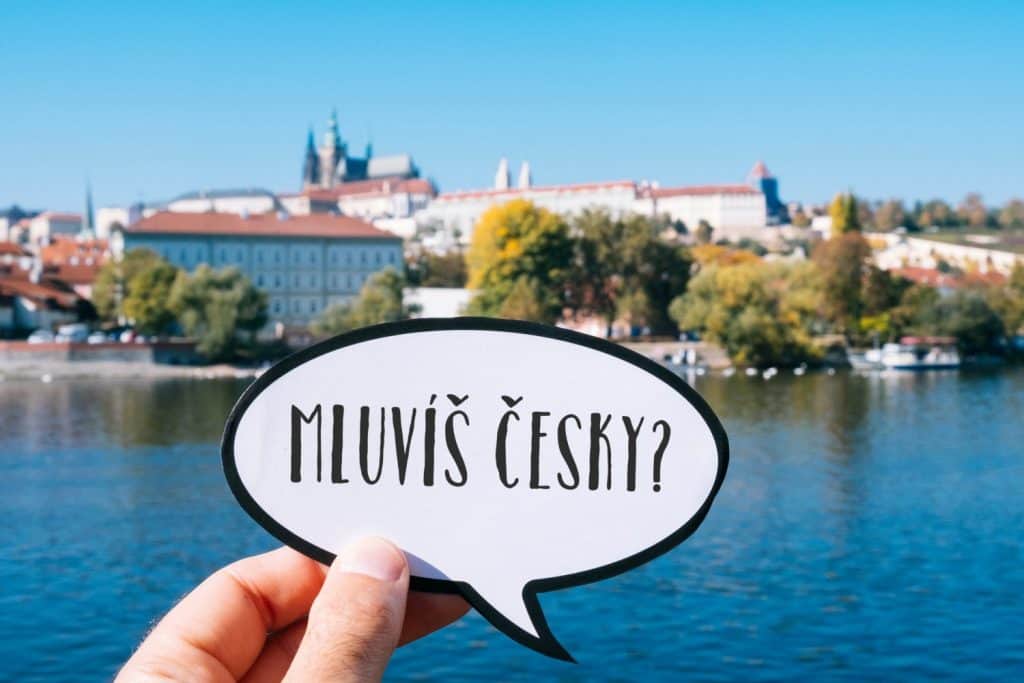
Consonant clusters and irregular grammar make Czech a hard language to learn.
©nito/Shutterstock.com
10 million people speak Czech with most of these people in the Czech Republic. However, it is a recognized minority language in Austria, Poland, Serbia, Slovakia, Ukraine, and Bulgaria.
Czech is a Slavonic language and it uses an augmented Roman alphabet. However, consonant clusters and irregular grammar are especially challenging for English speakers.
18. Hungarian

Consonant clusters and unfamiliar verbalizations make Hungarian a hard language to learn.
©Raketir/Shutterstock.com
About 13 million people speak Hungarian with almost 10 million of those people living in Hungary. Secondary speakers live in Canada, the United States, Romania, Ukraine, Slovakia, and Serbia.
Hungarian is based on an enhanced Roman alphabet though some letter uses are much different than English. An example is the trigraph. Trigraphs are the use of three consonants, like dzs, for one specific sound.
While an augmented Roman alphabet is used, the letters q, w, and x are nonexistent. Y is antiquated, though it comes up in older writings so it’s still an understood letter.
17. Serbian

Serbian uses strange verbalizations, but it is a phonetic language.
©Stefan foto video/Shutterstock.com
About 11 million people worldwide speak Serbian. 6.5 million of those speakers live in Serbia, with Bosnia and Herzegovina having over 1 million speakers. Sizeable populations exist in many Eastern European countries as well.
Serbian is an Indo-European language like English, but it is more closely related to Czech and Polish than it is to English. Serbian uses a variation of the Cyrillic alphabet and uses an augmented Roman alphabet interchangeably.
Some letters, like R, can sometimes be a vowel. However, the language is phonetic, so once strange sounds associated with some letters are memorized, words can be sparsed together mechanically.
16. Albanian

A 36-letter alphabet with intense grammar rules makes up Albanian.
©Linaimages/Shutterstock.com
Albanian is an Indo-European language with about 2.7 million native speakers in Albania. Worldwide, about 7.5 million people speak Albanian. It’s the official primary language in Albania, Kosovo, North Macedonia, and Montenegro.
Albanian is complicated for English speakers because its grammar is intense. It also has a 36-letter alphabet that’s mostly Roman. However, many of its borrowed words are not from English in favor of French, Latin, and Greek.
15. Turkish

Turkish forms bigger words in favor of sentences, and letters are inserted to make it more rhythmic.
©nito/Shutterstock.com
Approximately 78 million people speak Turkish as a first language. It’s a primary language in Turkey and Cyprus.
Turkish creates big words in favor of stringing words together in a sentence which is a foreign concept to most English speakers. This language uses an augmented Roman alphabet, and extra letters are sometimes inserted to make the spoken form more rhythmic.
14. Finnish

Finnish has 8 vowels and few consonants.
©Vladimir Wrangel/Shutterstock.com
Approximately 5 million people speak Finnish with the vast majority living in Finland. Though Roman letters are used in Finnish, the language differs greatly from English.
Instead of 5 vowels like in English, Finnish has eight. There are fewer consonants, but the combinations of letters represent unfamiliar vocalized sounds.
The consonants that do seem familiar to English speakers are mostly pronounced completely different as well. For example, j sounds like y. How sounds are vocalized is also softer than expected in English so grasping any kind of verbal comprehension is exceptionally difficult.
13. Ojibwe
About 60 thousand people speak Ojibwe. It’s native to Saskatchewan, Manitoba, Ontario, Quebec, Montana, North Dakota, Minnesota, Wisconsin, and Michigan. Ojibwe is much more complicated than English, with extra pronouns, conjugations, and consonant clusters.
Also known as Anishinaabemowin, Ojibwe is the indigenous language of native groups in North America’s Great Lakes region. While most native speakers of Ojibwe are over 70 years old, a learning revival is taking place to save the language from extinction.
12. Farsi
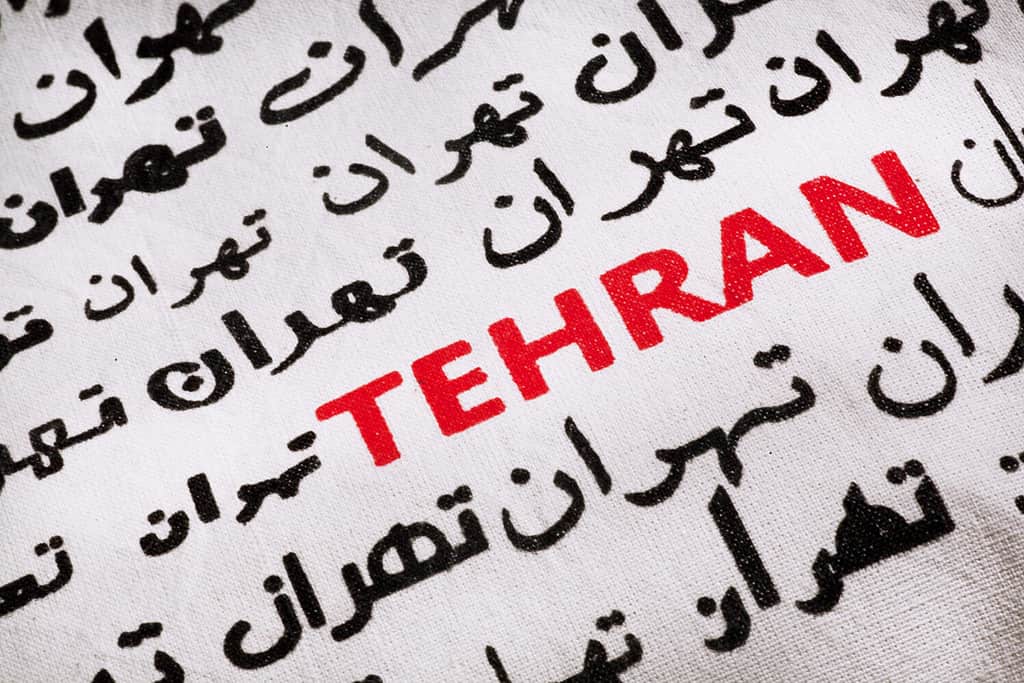
Farsi looks like Arabic, but the two languages are not alike.
©Radiokafka/Shutterstock.com
Around 130 million people speak Farsi, though it is called Dari in Afghanistan and Tajik in Tajikistan. It’s most popular in Iran. Between these 3 primary countries, about 62 million people are native speakers.
While the alphabet used in Farsi looks similar to Arabic, these two languages are not alike. It’s more closely related to north Indian languages and European languages than it is to Arabic.
11. Icelandic

Icelandic hasn’t changed much in 1000 years and has almost no borrowed words.
©Tomas Wolfschlager/Shutterstock.com
About 350 thousand people speak Icelandic and most of them live in Iceland. Icelandic is one of the most pure languages on the planet in that it hasn’t been influenced much by outsiders. The country takes pains to protect the evolution of the language via laws, and as a result, those fluent in Icelandic can still read texts from 1000 years ago.
Icelandic is a West Scandinavian language from the Indo-European group of languages. It is much more complicated than English. An example is that it has 14 vowels as opposed to the 5 in English.
Because of the country’s isolation, this language has evolved in a way that’s unique and not paralleled by other regional languages. This means that learners have to learn unique attributes of Icelandic that can’t be gleaned through familiarity with other languages. Some of the sounds are much different than anything that English speakers make which makes it unintelligible to untrained ears.
10. Georgian
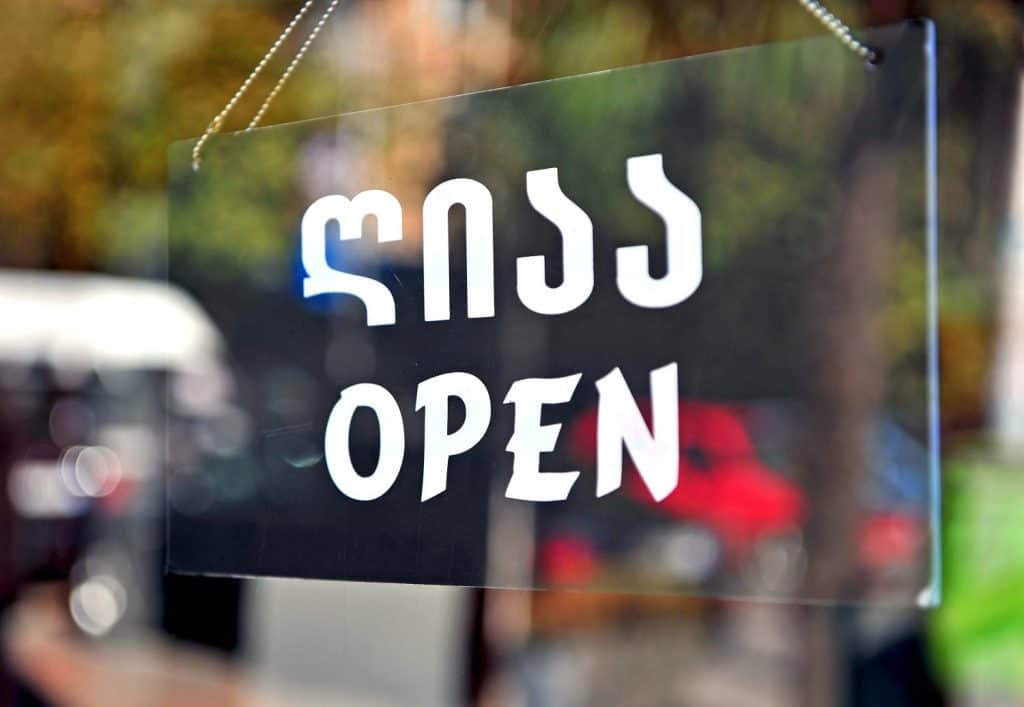
No other language on the planet uses the Georgian script.
©Arsenie Krasnevsky/Shutterstock.com
About 4 million people speak Georgian, and most live in Georgia where it is the official language. It’s considered a South Caucasian language that has a direct evolutionary history going back 15 centuries. Its script was probably developed around 400 CE to aid the spread of Christianity in the region, and it’s a unique script not used by any other language on the planet.
There are 28 consonants in Georgian as opposed to the 21 in English. It has 5 vowels which is the same number as English though they are articulated differently.
9. Vietnamese

Vietnamese has an unfamiliar vocabulary, grammar structure, and an augmented alphabet to English.
©Keitma/Shutterstock.com
Most speakers of Vietnamese live in Vietnam, and approximately 85 million people use it as their primary language. While the structure of the language is simple, the grammar, alphabet, and vocabulary are much different than English. It uses a Roman alphabet, though it’s highly augmented.
8. Arabic
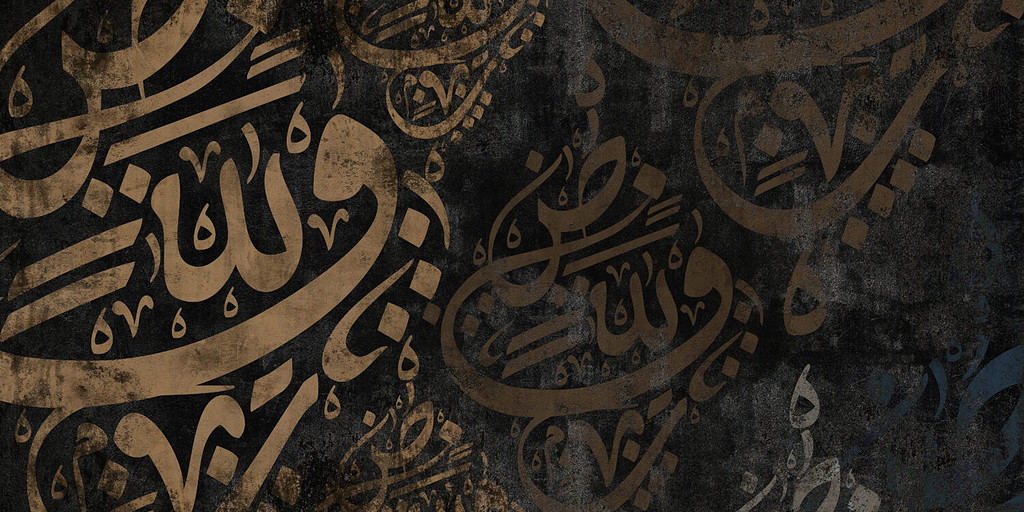
The Arabic script and grammar are huge hurdles to English speakers.
©Artgallery78/Shutterstock.com
Around 313 million people on Earth speak Arabic which makes it one of the most important languages on the globe. Most speakers live in Egypt, though 24 countries use Arabic as an official language. The other countries are Algeria, Bahrain, Chad, Djibouti, Iraq, Jordan, Kuwait, Lebanon, Libya, Mali, Mauritania, Morocco, Oman, Palestine, Qatar, Saudi Arabia, Somalia, Sudan, Syria, Tunisia, the United Arab Emirates, and Yemen.
Arabic script and grammar are the biggest hurdles for English speakers trying to learn the language. However, it only has 28 letters total so once memorization of letters is achieved, grammar can be focused on exclusively.
Even though Arabic is not in the same family language as English, the English language does borrow some words from Arabic. For example, the words film, algebra, and bank are rooted in the Arabic language.
7. Thai
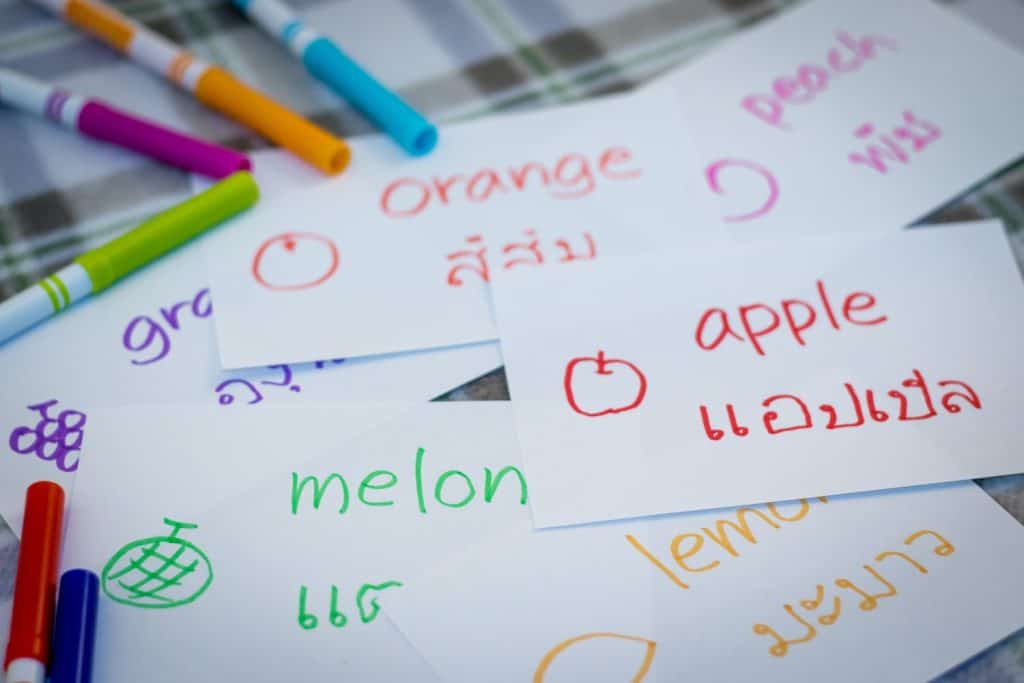
The Thai alphabet is unique and unfamiliar to English speakers.
©Eiko Tsuchiya/Shutterstock.com
About 69 million people speak Thai with the majority of these speakers living in Thailand. Thai is a tonal language, and similar-sounding words have to be emphasized in just the right way to convey the correct meaning. It also has a unique alphabet that is wholly unfamiliar to English speakers.
6. Japanese

Japanese sentence structures are much different than English.
©Felix Lipov/Shutterstock.com
About 125 million people speak Japanese, and most of them live in Japan. Japanese is hard for English speakers to learn because the sentence structure is different than English. Also, things like pronouns and plurality are not indicated and are gleaned based on their place within a Japanese sentence.
5. Xhosa
About 20 million people speak Xhosa. 10 million use it as a first language, and another 10 million know it as a secondary language. Most speakers live in South Africa, though there are notable populations that use this language in Lesotho and Zimbabwe.
Not only is Xhosa a tonal language, but it also utilizes various clicks for consonants. There are 18 different kinds of clicks with each being different than the other. This is exceedingly hard for English speakers to articulate and differentiate.
4. Mandarin Chinese
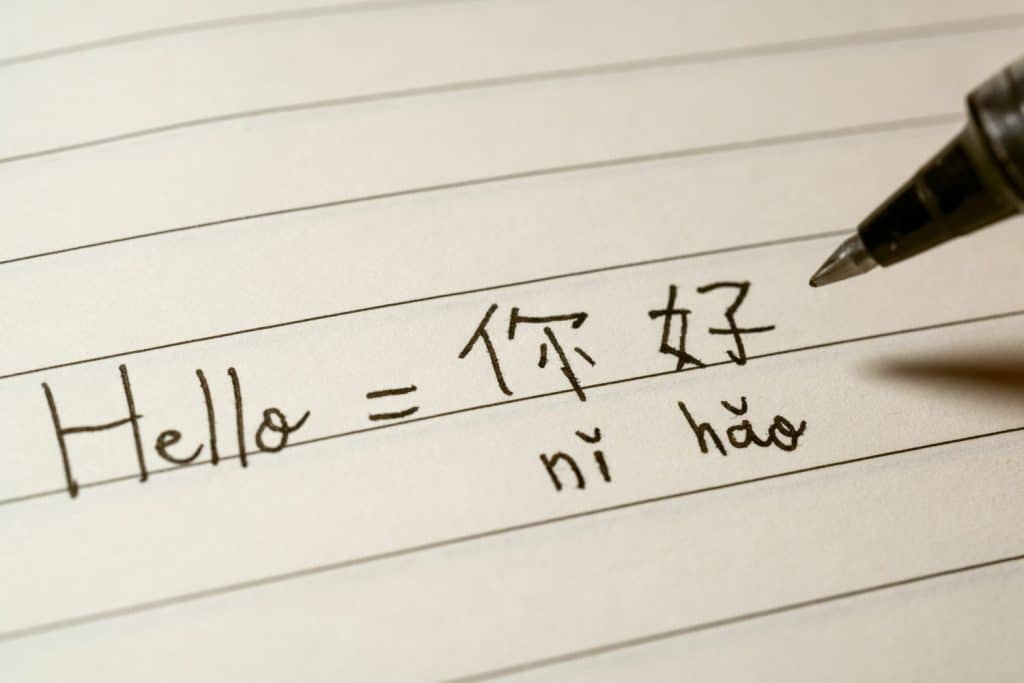
There are over 10 thousand unique characters to memorize in Mandarin.
©Keitma/Shutterstock.com
Mandarin Chinese is famous for being difficult among speakers of English. Despite this, over 1 billion people speak it so many English speakers want to acquire it as a second language. The obvious challenge is the difficulty in learning a complex symbolic writing system, but pronunciation is also challenging.
Tonal pronunciation is important in Chinese but it’s a foreign concept to English speakers. Mandarin’s written form has over 10 thousand unique characters that can be pronounced in multiple ways.
3. Cantonese
Cantonese is spoken by 85.5 million people in southern China, Hong Kong, and Macau. It relies heavily on tonal idiosyncrasies in its pronunciation which proves very challenging to English speakers.
The characters used in Cantonese are very similar to Mandarin characters, but the way words are pronounced is much different. Also, there isn’t a regular pattern that’s easily memorized for Cantonese pronunciation. As a result, almost everything said verbally needs to be memorized individually.
2. Greenlandic
50 thousand people living in Greenland speak Greenlandic. Huge words act like sentences, and as more meaning is added to these words, letters haphazardly change which alters how it’s pronounced. Also, the sounds created by some consonant clusters are unfamiliar to English speakers.
1. Navajo
Navajo is arguably the most difficult language to learn on the planet. About 170 thousand people speak the language with about 7600 of those speakers using Navajo only.
The sounds used when speaking are unfamiliar to English speakers. There are high tones, nasally-sounding moments, and guttural utterings that are hard for English speakers to both hear and say.
There are 36 letters in Navajo with some of them looking somewhat Roman, though it deviates dramatically. The way words and sentences are constructed is irregular, and no dictionary exists for ease of study.
Summary of Hardest Languages to Learn
| Name of Language | Number of Native Speakers | Countries With Primary Speakers | |
|---|---|---|---|
| 1 | Navajo | 170 Thousand | Arizona and New Mexico |
| 2 | Greenlandic | 50 Thousand | Greenland |
| 3 | Cantonese | 85.5 Million | China, Hong Kong, and Macau |
| 4 | Mandarin Chinese | 1.1 Billion | China, Taiwan, and Singapore |
| 5 | Xhosa | 20 Million | South Africa, Zimbabwe, and Lesotho |
| 6 | Japanese | 125 Million | Japanese |
| 7 | Thai | 69 Million | Thailand |
| 8 | Arabic | 313 Million | Algeria, Bahrain, Chad, Djibouti, Egypt, Iraq, Jordan, Kuwait, Lebanon, Libya, Mali, Mauritania, Morocco, Oman, Palestine, Qatar, Saudi Arabia, Somalia, Sudan, Syria, Tunisia, the United Arab Emirates, and Yemen |
| 9 | Vietnamese | 85 Million | Vietnam |
| 10 | Georgian | 4 Million | Georgia |
| 11 | Icelandic | 350 Thousand | Iceland |
| 12 | Farsi | 130 Million | Iran, Afghanistan, and Tajikistan |
| 13 | Ojibwe | 60 Thousand | United States and Canada |
| 14 | Finnish | 5 Million | Finland |
| 15 | Turkish | 78 Million | Turkey and Cyprus |
| 16 | Albanian | 7.5 Million | Albania, Kosovo, North Macedonia, and Montenegro |
| 17 | Serbian | 11 Million | Serbia, Kosovo, Bosnia and Herzegovina |
| 18 | Hungarian | 13 Million | Hungary |
| 19 | Czech | 10 Million | Czech Republic |
| 20 | Bulgarian | 7.8 Million | Bulgaria |
| 21 | Polish | 50 Million | Poland |
| 22 | Russian | 380 Million | Russia, Belarus, Kyrgyzstan, and Kazakhstan |
| 23 | Hindi | 584 Million | India |
| 24 | Greek | 13 Million | Greece and Cyprus |
| 25 | Welsh | 640 Thousand | Wales and England |
Thank you for reading! Have some feedback for us? Contact the AZ Animals editorial team.

